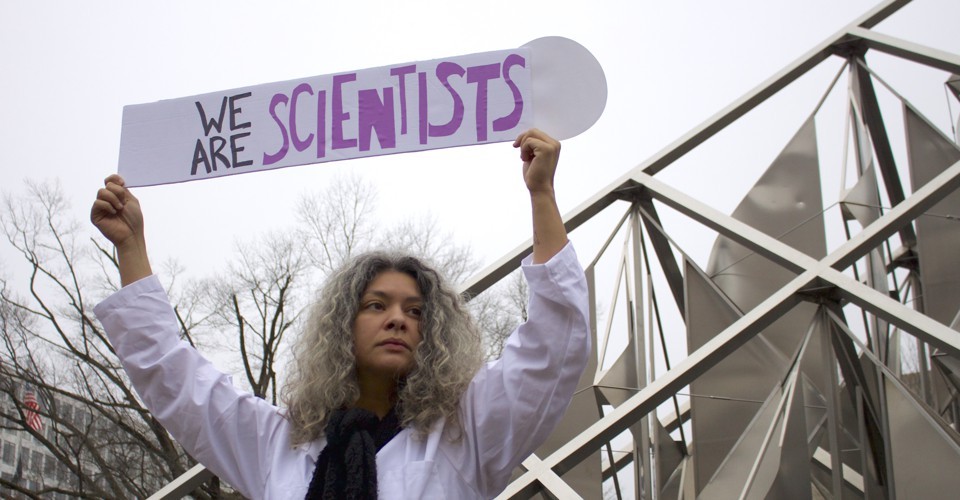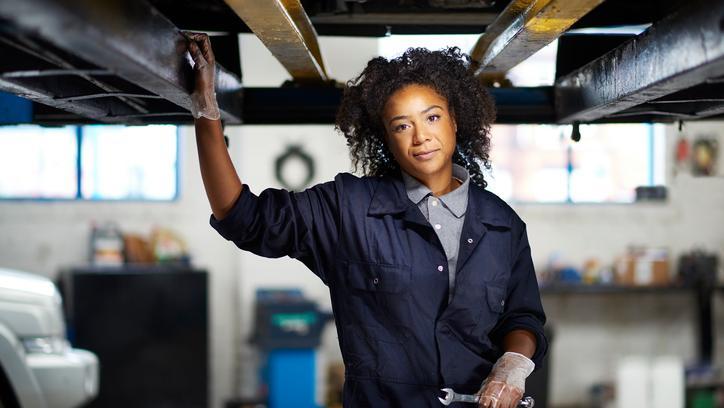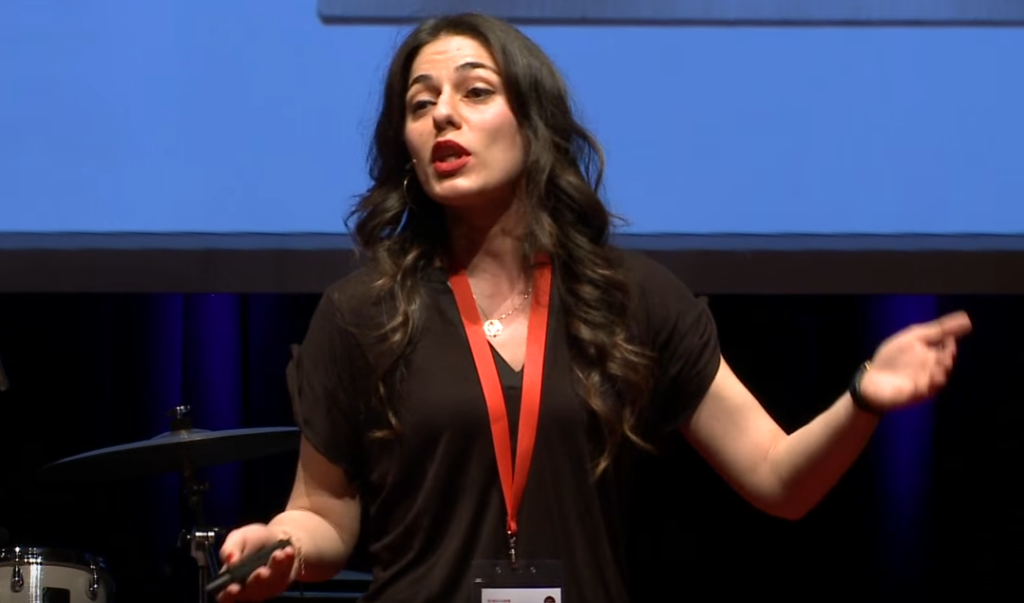As part of a Forbes ongoing series about women leaders in technology, Amy Blankson shares insights from Jayne Groll, CEO of the DevOps Institute and tech expert, as she discusses moving beyond stereotypes and assumptions if we want to attract more girls and women to technology. Instead of seeing women as less capable in tech fields and in need of special accommodations, we need to work on giving women a voice and many seats at the table; eliminating gender bias in the workplace; and truly making the field inviting, safe, and navigable for women. It's an approach that will help women, men, and workplaces in general, as more opportunities for women mean a better balance for everyone—and the opportunity to make the most of women's talents and ideas.
By Amy Blankson
This is the sixth article in the "Women Execs in Tech Series," an ongoing conversation about current challenges in the industry and best practices for increasing gender parity in the workplace.
Jayne Groll is co-founder and CEO of the DevOps Institute and has accumulated a wealth of IT credentials throughout her career. Her 25 years in senior IT management have positioned her as a sounding board for individuals hoping to delve deeper into the many issues in tech. Recently, she was asked how to recruit more girls for a robotics team. A male participant in the conversation suggested they should “make the robots pink or something?”
Despite over two decades in the tech sector, Jayne is still dumbfounded by these types of suggestion. In her mind, it’s not about making the tech industry more appealing to women by “pinkifying it,” but rather it's about making the sector a fair and safe place for women.















